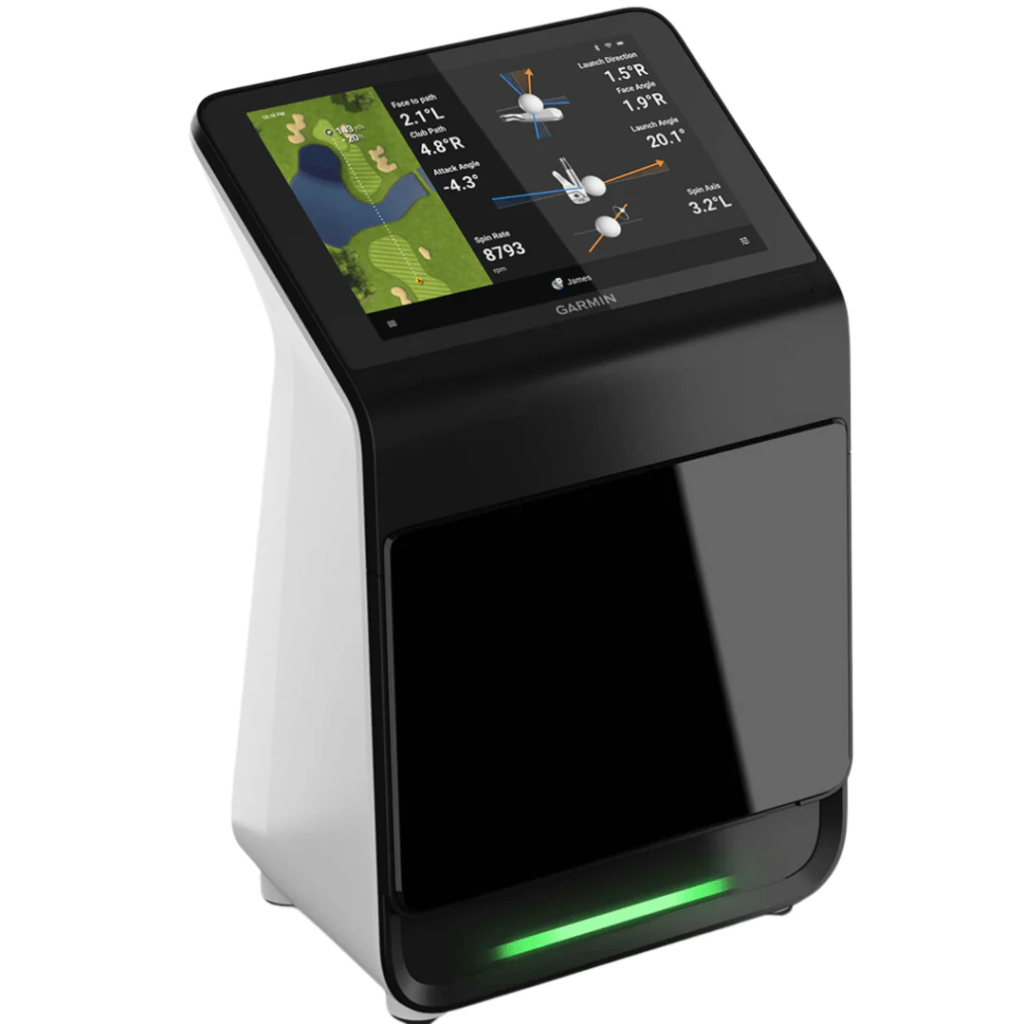Physical Address
304 North Cardinal St.
Dorchester Center, MA 02124
Physical Address
304 North Cardinal St.
Dorchester Center, MA 02124

If you’ve ever struggled with inconsistent distances, mis-hit shots, or guessing your swing speed, you’ve probably asked yourself: Is it worth buying a golf launch monitor?
These devices promise to analyze every shot, track progress, and improve your game, but with prices ranging from a few hundred to several thousand dollars, it’s natural to wonder if the investment is justified.
For some golfers, a launch monitor is a game-changer that helps refine their swing and lower scores. For others, it might be an unnecessary expense. The key is understanding how much value it can bring to your practice sessions and whether the features justify the cost.
Let’s break down what a launch monitor actually does, who benefits the most, and whether it’s truly worth the investment.

A launch monitor tracks your club and ball data in real time, providing precise feedback on each shot. It measures key metrics like ball speed, launch angle, spin rate, clubhead speed, and carry distance to help you understand how your swing affects your ball flight.
More advanced models go further, offering attack angle, face angle, and club path analysis, allowing golfers to pinpoint mistakes and make data-driven adjustments. Instead of guessing why your ball curves right or lacks distance, a launch monitor provides clear, measurable insights that improve shot consistency and performance.
Choosing the right model depends on your needs and budget. Some of the most popular options include the Bushnell LPi, Foresight Sports GC3S, Uneekor EYE MINI LITE, ProTee VX, Garmin Approach R50, and TruGolf Apogee. These vary in accuracy, features, and price, so it’s important to choose one that aligns with your goals.
A study by Golf Digest found that golfers who track their data using launch monitors improve their accuracy 30% faster than those who rely on feel alone. Another report from TrackMan University shows that over 80% of professional golfers use launch monitors regularly for swing analysis and club fitting.
But the real question remains—will this data actually help you play better?

Serious data in a compact design—that’s what the Garmin Approach R50 delivers. With pro-level accuracy and built-in simulation, it’s perfect for golfers looking to elevate their game anywhere.
For casual golfers, a launch monitor may not be a necessity, but it can be a useful tool for tracking distances, improving consistency, and making practice more engaging. Many recreational players misjudge their yardages, leading to poor club selection. A launch monitor removes the guesswork by providing real carry distances, allowing for better shot planning on the course.
If you enjoy practice sessions and want to gain better control over your shots, an entry-level model like the Garmin Approach R50, Bushnell LPi, or FlightScope Mevo+ is an affordable way to track progress. These monitors won’t match the precision of high-end models, but they still provide valuable feedback on ball flight and shot dispersion.

The Foresight Sports GC3s Launch Monitor brings tour-level accuracy to golfers who want pro-grade data without the high-end price. With advanced tracking and instant feedback, it’s built to improve every aspect of your game.
For golfers who play regularly and aim to lower their handicap, a launch monitor is one of the best tools for structured improvement. Instead of relying on feel, you get instant feedback on club path, spin rate, and ball flight, making it easier to correct mistakes.
Distance gapping is another huge benefit. Many golfers assume they hit their 7-iron a certain distance, only to find out their actual carry yardage is different. Knowing your true numbers helps with better club selection and shot execution under pressure.
If you’re looking for accuracy and simulator integration, Foresight Sports GC3S, Uneekor EYE MINI LITE, and TruGolf Apogee offer high-quality data tracking, realistic simulation, and in-depth swing analysis. These models provide the balance between affordability and professional-grade insights.

The GCQuad isn’t just accurate—it’s tour-proven. With pinpoint tracking and detailed performance data, it’s the go-to launch monitor for golfers who demand the best.
For advanced players, small improvements lead to lower scores. Fine-tuning spin rates, optimizing launch angles, and tracking shot dispersion can make the difference between hitting the green or missing just short.
High-end launch monitors like TrackMan iO, Foresight Sports GCQuad, and FlightScope X3 are designed for tour-level accuracy, allowing elite players to fine-tune every aspect of their game. These systems capture ultra-detailed metrics, including face angle, dynamic loft, and real-time wind adjustments, making them essential for coaching, custom club fitting, and serious training.
Bubba Watson (2x Masters Champion) on Why He Uses a Launch Monitor:
“For me, practice is about precision. Knowing my exact numbers—ball speed, launch angle, spin rate—makes it possible to fine-tune every part of my game. That’s why I always train with a launch monitor.”
If you’re an elite golfer looking for the most advanced data tracking, models like the Foresight Falcon, Foresight Sports GCHawk, and Uneekor EYE XO2 deliver the most detailed and precise measurements available.
Still unsure if a launch monitor is worth the investment? Ask yourself these questions:
If you answered “yes” to any of these, a launch monitor is a smart investment for your game.

Yes, a launch monitor helps lower your handicap by identifying weaknesses in your swing, improving club selection, and providing data-driven feedback to make practice sessions more effective. Many golfers see improvements in accuracy, consistency, and shot dispersion after using a launch monitor regularly.
Budget launch monitors, like the Garmin R50 or FlightScope Mevo+, track basic ball flight data such as carry distance and ball speed. High-end models like TrackMan, GCQuad, and Uneekor EYE XO2 measure advanced metrics like spin rate, face angle, and club path, making them more precise for professional use.
Yes! Many launch monitors are designed for indoor use. Camera-based models like Foresight Sports GC3S, TruGolf Apogee, and Uneekor EYE MINI LITE work well in small spaces, while radar-based models like TrackMan require more room to track full ball flight.
No, a launch monitor can be used on its own for practice and data tracking. However, pairing it with a golf simulator setup allows for indoor play, virtual courses, and enhanced training features, making the experience even more immersive.
A golf launch monitor is one of the most valuable tools for game improvement, but whether it’s worth the investment depends on your goals.
If you’re a casual golfer, an entry-level monitor can be a fun and helpful addition but isn’t necessary. If you’re a dedicated amateur, a mid-tier model will provide game-changing insights that accelerate progress. For competitive players, a high-end launch monitor is a must-have for precision training and performance optimization.
If your goal is to become more consistent, eliminate guesswork, and get real data on every shot, a launch monitor is one of the smartest investments you can make.